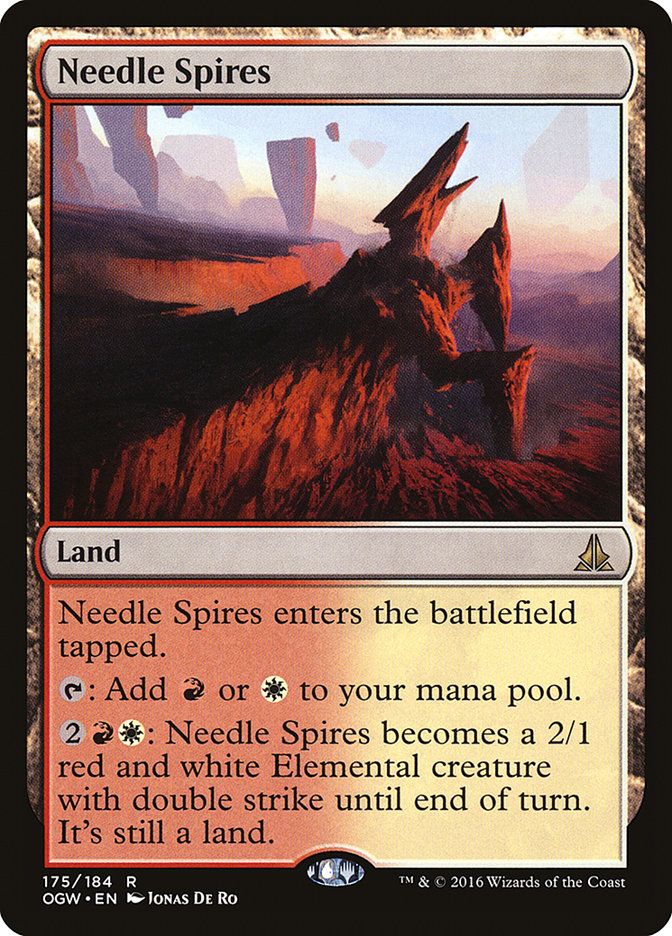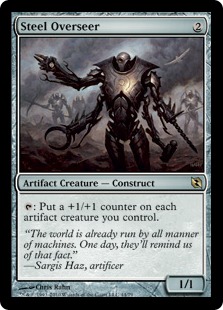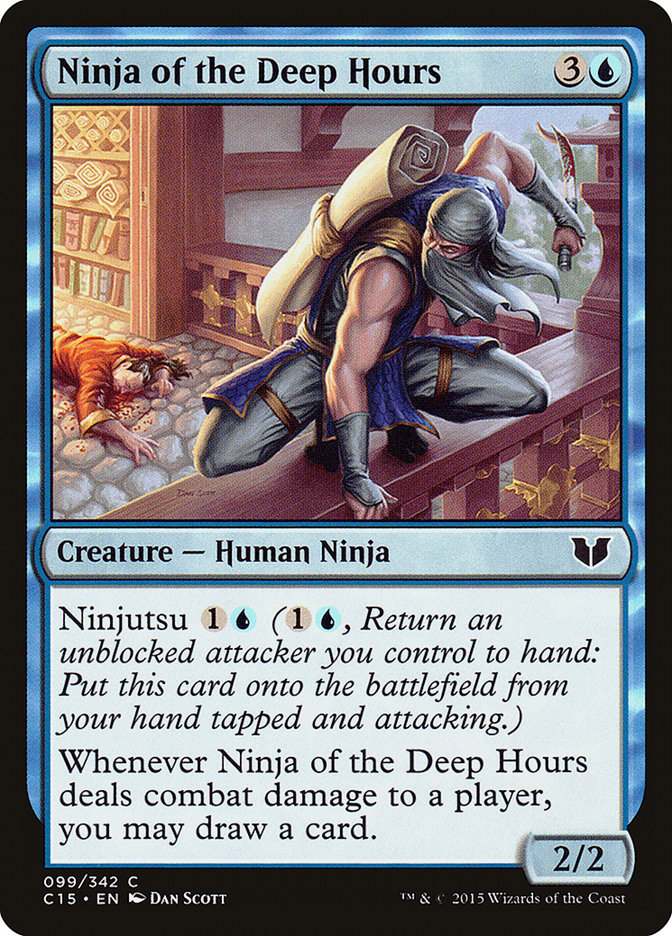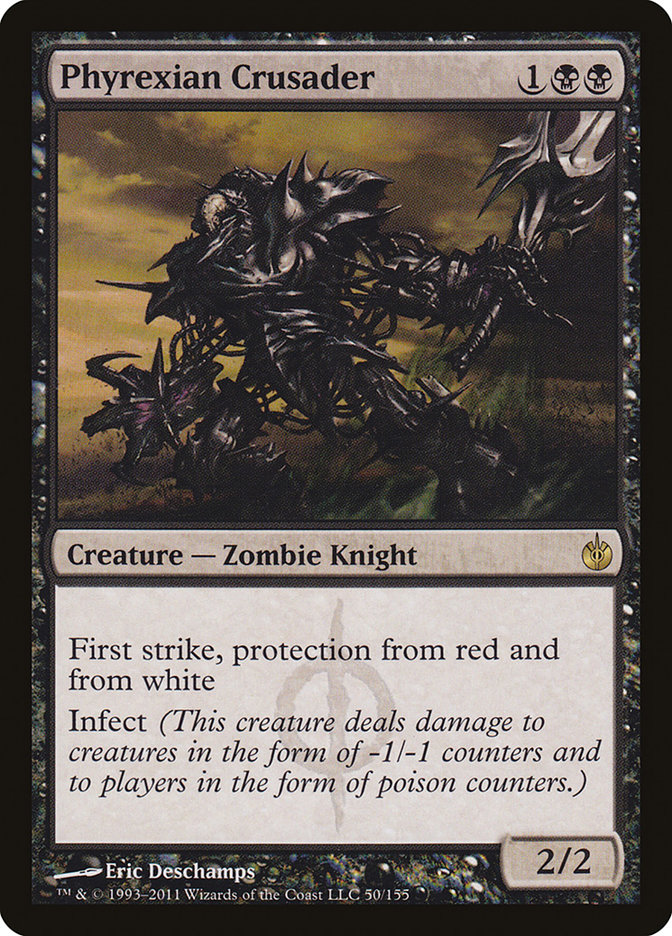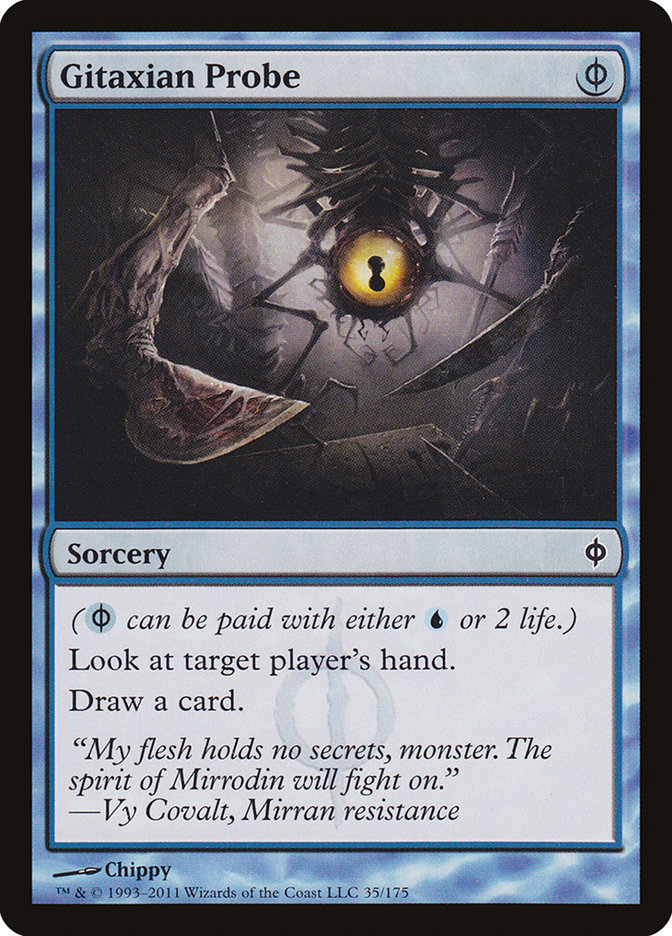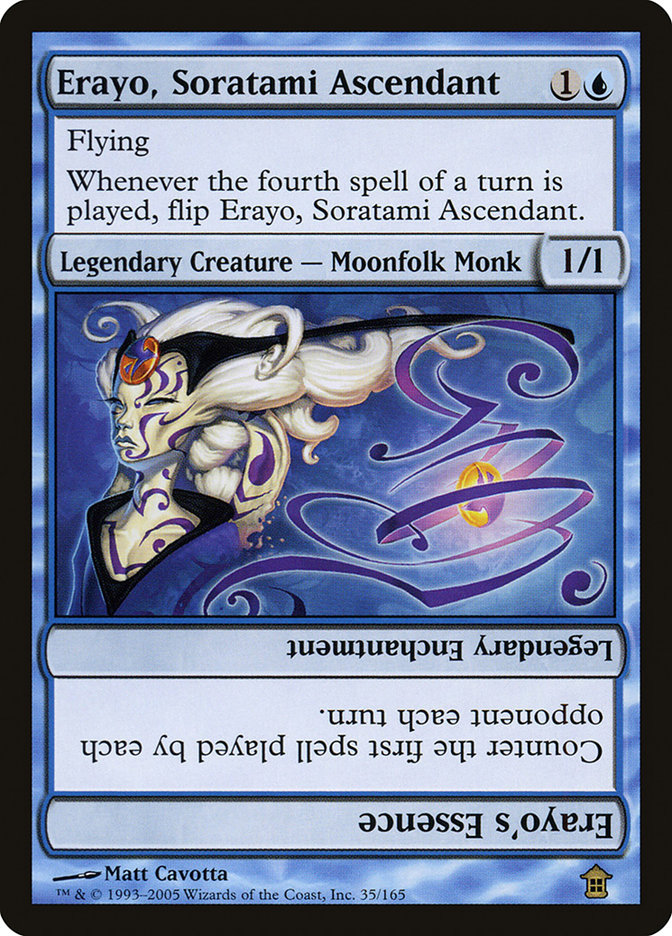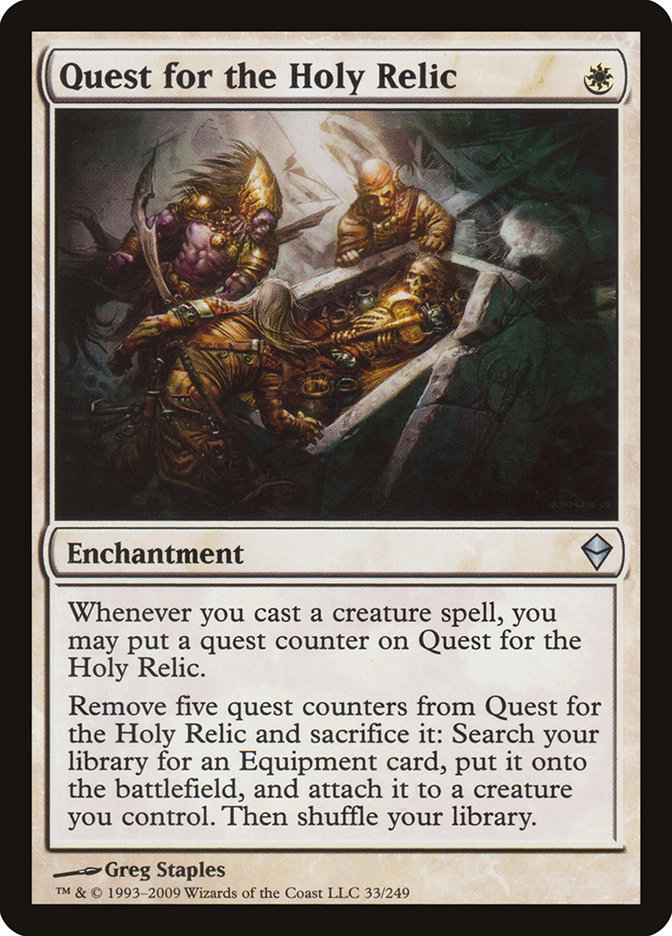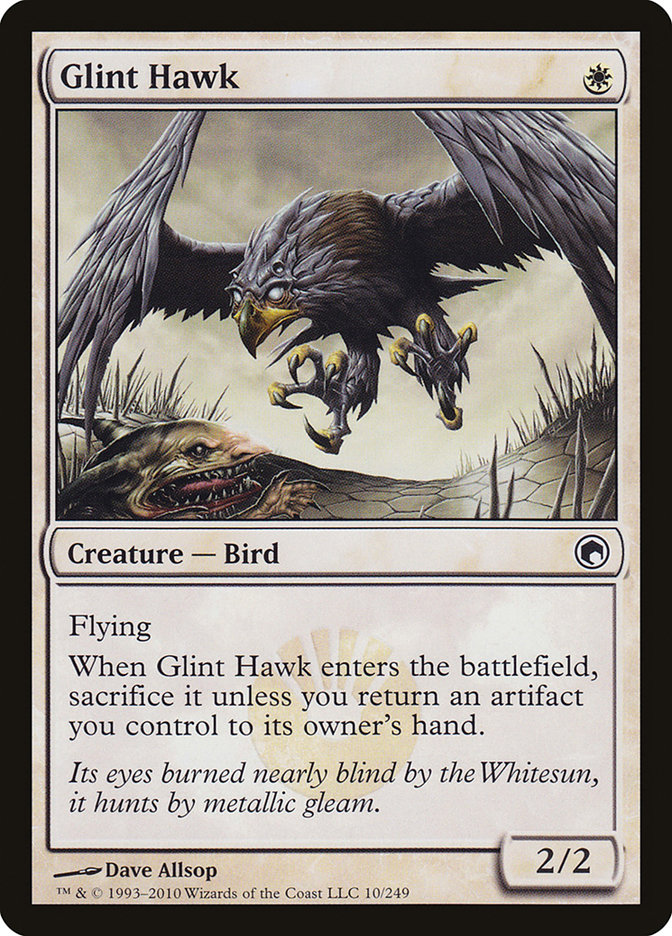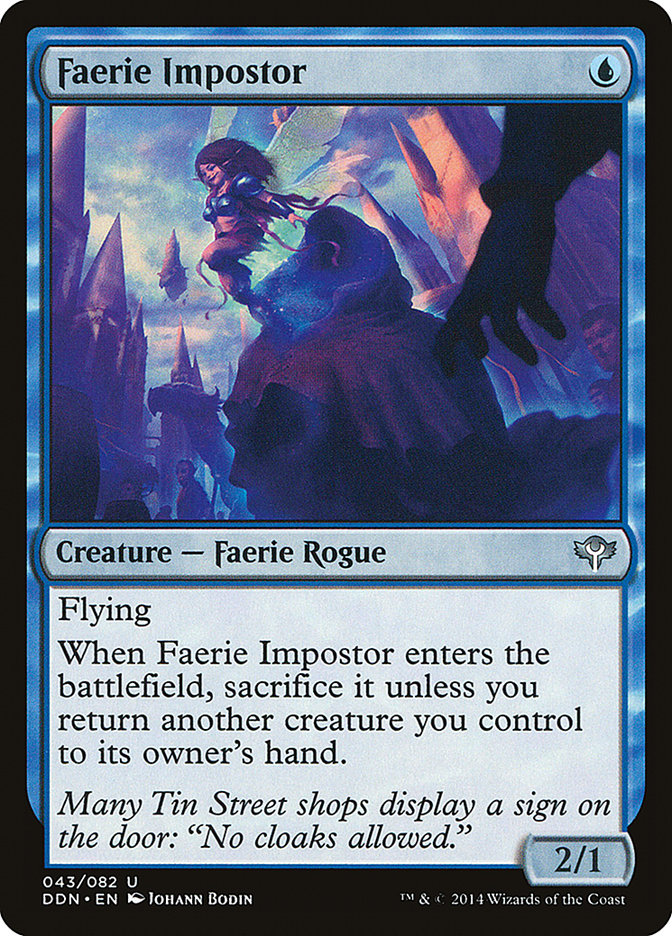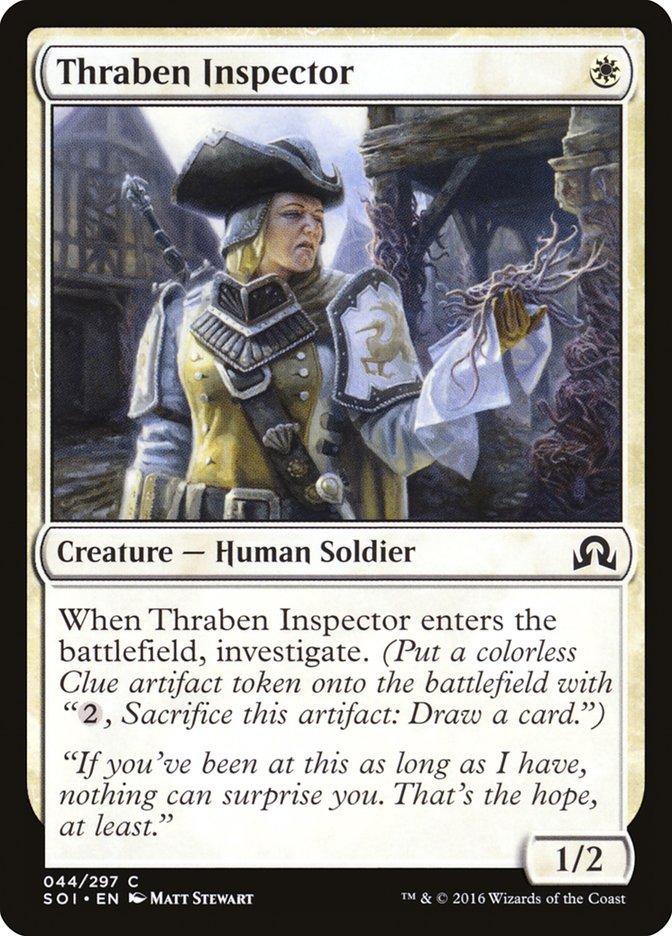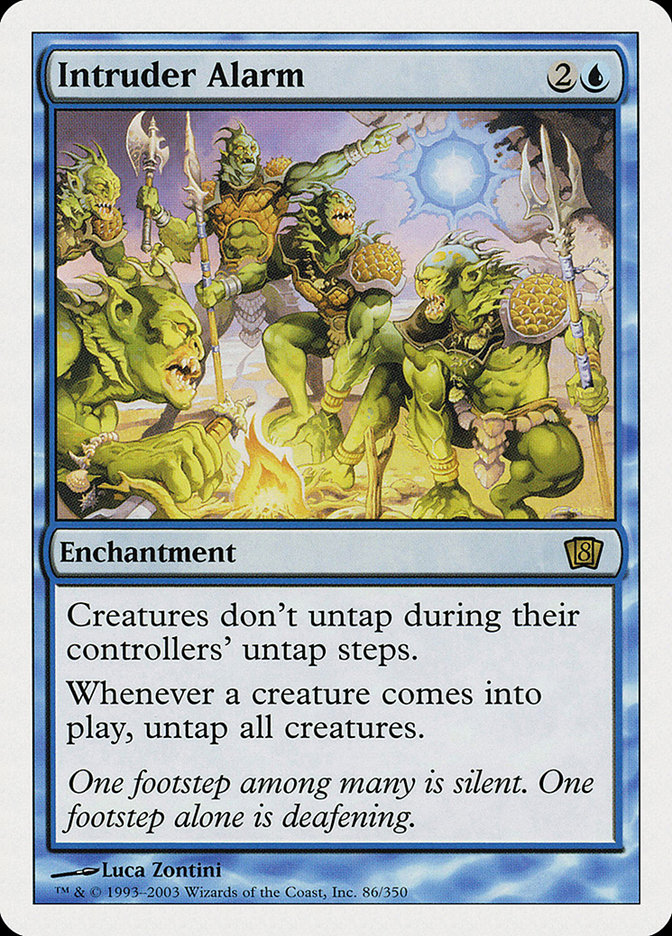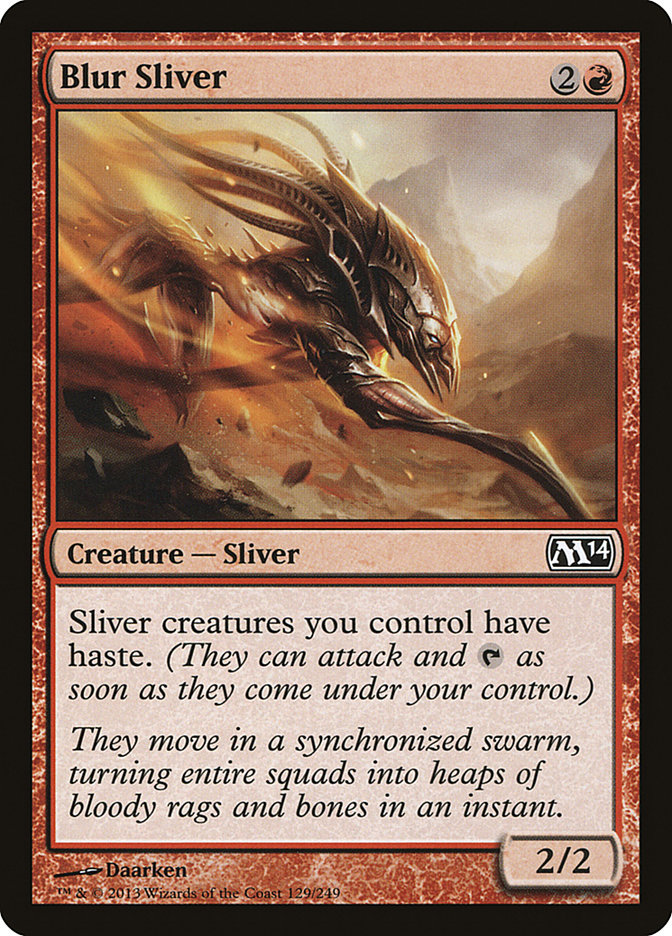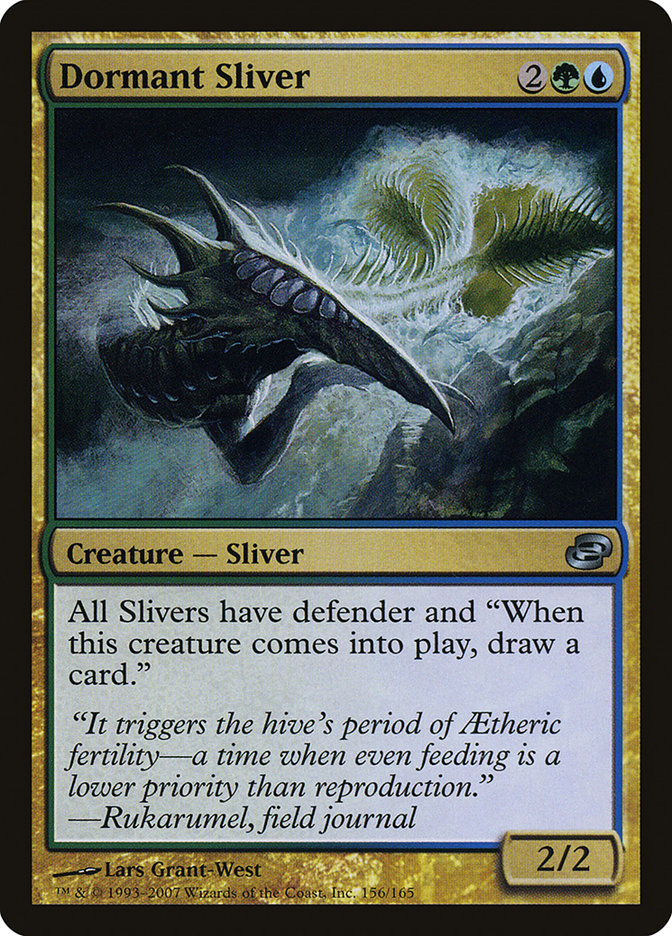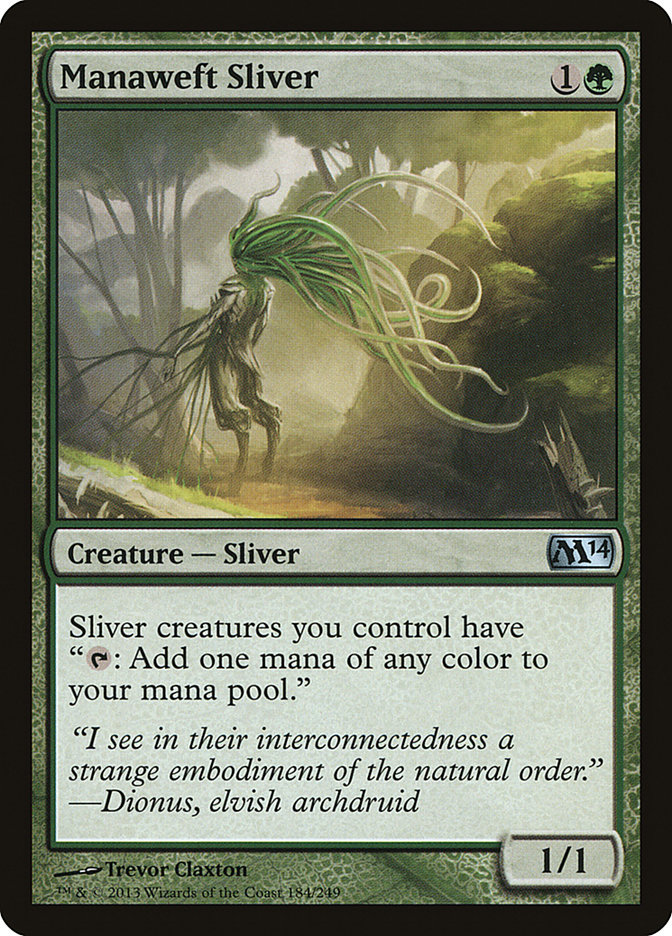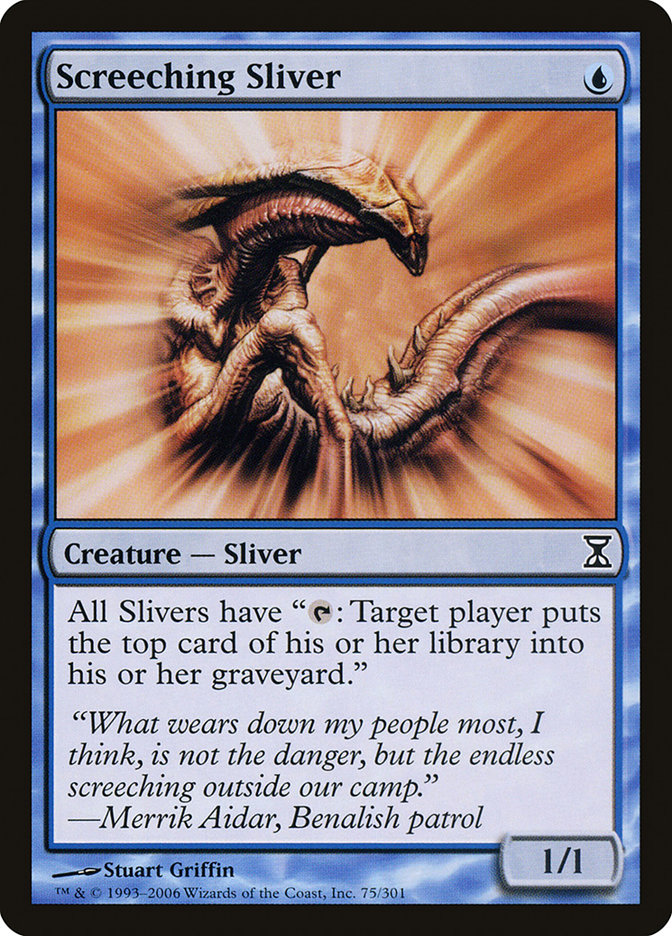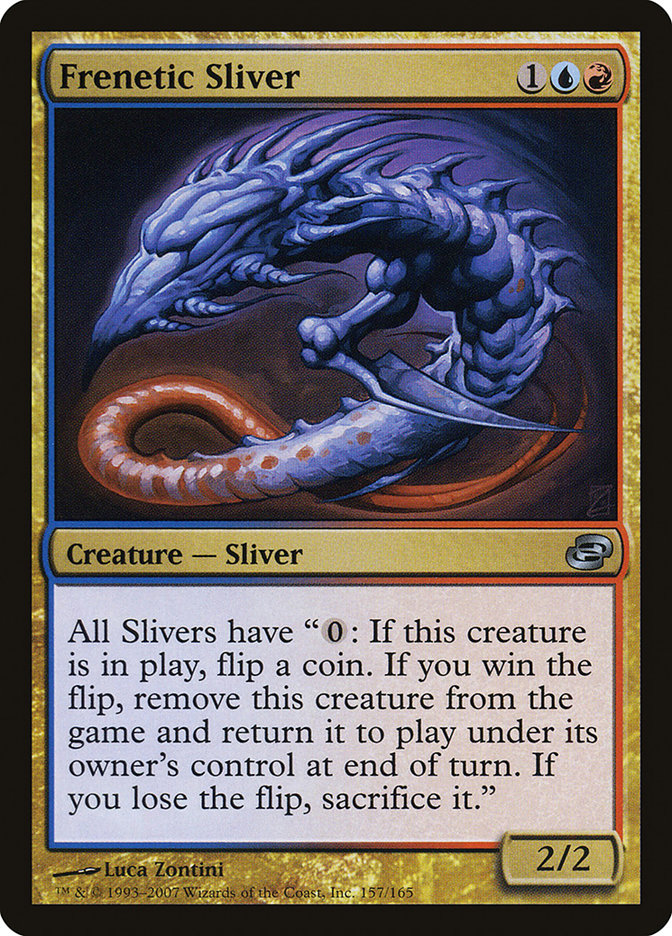Modern Weekend!
This weekend will likely make history as the most Magic: The Gathering played of the Modern format ever. A few tournament results are in and a metagame is arising after the release of Shadows over Innistrad, the banning of Eye of Ugin, and the unbannings of Sword of the Meek and Ancestral Vision.
This is very much a brewer’s season. We’ve only begun to crack the surface of what Nahiri, the Harbinger is capable of. There are something like 40 viable decks to play and more coming out each weekend. These are a few decks that I’ve been tossing around preparing for #GPCharlotte.
This is me jumping on the Nahiri bandwagon.
Creatures (22)
- 4 Soul Warden
- 1 Grim Lavamancer
- 3 Ranger of Eos
- 1 Emrakul, the Aeons Torn
- 4 Soul's Attendant
- 4 Ajani's Pridemate
- 2 Archangel of Thune
- 3 Thraben Inspector
Planeswalkers (4)
Lands (24)
Spells (10)

It’s no secret that Soul Sisters is very good against aggressive decks. It’s also no secret that its combo matchups are very poor. Control can go either way with Ranger of Eos and Thraben Inspector helping to power through removal.
Mono-White Soul Sisters has trouble closing out some games. The Lightning Bolts help the “no reach” aspect, while Nahiri, the Harbinger brings another angle of attack that can’t be solved by loading up on Anger of the Gods or similar spells. The archetype still suffers from being weak to combo, but that just comes with the territory when you sleeve up something like this.
Needle Spires adds another important dimension to the deck as a buffer against sweeper effects. Any sort of pump spell from an Honor of the Pure to an Archangel of Thune trigger make Needle Spires into a better threat twice as quickly. Red also gives access to Grim Lavamancer as a Ranger of Eos target, which is another good way to convert creatures into direct damage. I don’t know when you’d want a Norin the Wary from the sideboard, but he’s there hiding just in case.
Creatures (27)
- 4 Arcbound Ravager
- 4 Ornithopter
- 4 Steel Overseer
- 3 Memnite
- 4 Signal Pest
- 4 Vault Skirge
- 1 Pia and Kiran Nalaar
- 3 Thopter Engineer
Lands (17)
Spells (16)

This is an untuned idea that merges Thopter Engineer and Steel Overseer together. The biggest problem with Steel Overseer was sucking up a Lightning Bolt immediately and leaving the Affinity player with scraps. Thopter Engineer granting haste allows for some unexpected attacks, even with a freshly played Inkmoth Nexus.
The Pia and Kiran Nalaar might be ambitious, but it’s worth a try. Double red ought to be easy enough to assemble. It’s a pretty big haymaker that works well with Thopter Engineer (and the rest of the deck).
The Blackcleave Cliffs are there to help move Cranial Plating mid-combat. The sideboard ought to play some number of Ghirapur AEther Grid, Thoughtseize, Etched Champion, and Whipflare. The build is likely missing a piece or two in the maindeck. Those could be Hangerback Walker or Shrapnel Blast, similar to Chris Anderson’s list from SCG Cincinnati last year.
Creatures (18)
Lands (21)
Spells (21)

Ninja Bear Delver!
Fewer bears, same concept. This idea takes off from the old Ninja, Bear, Delver deck from a couple of years ago and uses Faerie Miscreant as its one-drop to help enable Ninja of the Deep Hours. Sam Black used Faerie Miscreant on his way to a 5-0 League finish in his video last month and the little 1/1 Faerie has been dominating the Pauper metagame in Mono-Blue builds there.
Mono-Blue Faeries plays small-ball like no other. It pecks away at the opponent with one-, two-, or three-power creatures while playing a strong tempo game to keep permanents off the battlefield with countermagic and Vapor Snag. It’s weak to cheap removal and large creatures, say, out of a Zoo deck, and good against combo and control decks. Its games go fairly long and are interactive. It’s also annoying to play against.
Creatures (16)
Lands (21)
Spells (23)

Nothing too new here. Alex Zurawski finished in fourth place of #SCGINDY with B/G Infect, so its presence is now known if it already wasn’t. B/G Infect leverages the metagame’s dependence on red- and white-based removal spells and punishes them with Phyrexian Crusader.
I’ve been testing B/G Infect a lot this past week and found out that I like seeing my opponent’s hand more than I want them to be discarding. Gitaxian Probe may look out of place here without blue lands to cast it. Truth is, with G/U Infect I’m casting Gitaxian Probe for it’ Phyrexian mana cost about 80% of the time; of the remaining 20%, I’m usually hardcasting it off a Noble Hierarch.
Currently this is my number one deck to play at #GPCharlotte. I had mixed feelings when Alex made Top 8 at #SCGINDY with the deck, as I wanted to keep it under wraps, but I did receive a bit of reassurance seeing it do so well.
Creatures (26)
- 4 Ornithopter
- 4 Erayo, Soratami Ascendant
- 4 Memnite
- 4 Glint Hawk
- 2 Signal Pest
- 4 Faerie Impostor
- 4 Thraben Inspector
Lands (14)
Spells (20)

It’s been a couple of years since I’ve dredged this old thing back up. I almost registered a version of it for GP Richmond long ago but ended up backing out to play boring old Infect.
The deck has two main plans. One is to flip (literally flip, not transform) Erayo, Soratami Ascendant as soon as possible. This can happen turn 2 if you’re really lucky but more likely on turn 3. While not a game-winning play on its own, it will give you enough time to assemble some beatdown with two-power flyers like Glint Hawk and Faerie Imposter. Gitaxian Probe is another free spell and Repeal is often two spells for one mana.
The other plan is to trigger Quest for the Holy Relic by casting five creatures. This also can happen quickly with zero-cost creatures like Memnite and Ornithopter along with the creatures that bounce them. Once the Quest is triggered, you go and grab Argentum Armor, attach it immediately, and probably destroy one of your opponent’s lands. If Argentum Armor won’t do it, then Sword of Fire and Ice is pretty good too. Batterskull is another option that would create a sizable threat quickly.
Erayo Quest has some of the most busted draws in Modern as well as some of the most anemic. Thraben Inspector from Shadows over Innistrad is a pet card of mine, if you haven’t noticed, and does some pretty good work at gaining small value, especially when it’s recast over and over. The Clues are artifacts to help power the Mox Opals as well.
Remand is a good card for the archetype that didn’t quite make this final list. It’s good with Erayo, Soratami Ascendant to return their second spell to the opponent’s hand after they’ve already spend a “trash” spell getting through Erayo’s trigger. It’s also pretty good to Remand your own spells in order to cast multiples to satisfy Erayo.
I wonder if this could be a good home for Ninja of the Deep Hours too. Ornithopter is a perfect card to get through easily on turn 2. Most of the deck has flying or other evasion. If you can ninjitsu off a Thraben Inspector, then the value floodgates are endless.
Creatures (34)
- 1 Firewake Sliver
- 4 Gemhide Sliver
- 3 Screeching Sliver
- 4 Dormant Sliver
- 4 Frenetic Sliver
- 4 Virulent Sliver
- 2 Blur Sliver
- 4 Predatory Sliver
- 4 Galerider Sliver
- 4 Manaweft Sliver
Lands (20)
Spells (6)
Sideboard

This is another old brew that I’ve been looking at again recently. The biggest changes from the previous version are the additions of Intruder Alarm and Collected Company. The Intruder Alarms allow you to nearly go infinite, while Collected Company adds some consistency and power to the deck.
Combo Slivers is doing several different things at once. Sometimes you’ll poison them out with Virulent Slivers. Sometimes you’ll beat them down with a Predatory Sliver draw. The real plan, however, is to go off with the combo of haste Sliver + Dormant Sliver + mana Sliver.
Once this is assembled, you draw a card for each Sliver that you cast while being able to tap that Sliver for mana that turn to cast more. The high count of one-drop Slivers ensures that you’ll be able to get a good chain going. Once your battlefield is huge, you can get rid of the Dormant Sliver with either Firewake Sliver or Frenetic Sliver.
Intruder Alarm allows the deck to go even harder with this concept. You’re able to generate a bunch of mana for each Sliver cast, making sure that you can keep going that turn. Sliver Hive become much better too, now that its ability untaps your whole team. After a while, though, you don’t really need to extra mana. That’s where Screeching Sliver comes in.
Now you can tap each Sliver you control to mill a card from your opponent’s deck. Make sure to tap the freshly cast Sliver with Intruder Alarm’s trigger on the stack. It’s not unheard-of to mill five, then six, then seven, then eight all in one turn. And then…
Use your Frenetic Sliver to blink out each of your Slivers that aren’t the haste Sliver and the Screeching Sliver. Then “some number” of your Slivers will come back at the end of turn. From there you’ll get a ton of more triggers, which should be enough to finish your opponent off.
Brews are Great, but….
You’ve heard it a thousand times by now. Play what you know.
You’re Premium subscribers that undoubtedly like to win at Magic. I don’t want you to drop everything and register one of my concoctions, expecting to take down a Grand Prix without some work and development. These lists are good food for thought. With enough testing we could see some fruits of labors spring forth. That’s how a lot of my winning decks begin. It’s up to you to take the next step.
The best of the above decks is B/G Infect by a lot. It’s probably what I’ll be playing. It has the most hours behind it and the most game against the field.
Still, if you want to have a good time trying to shape up one of the others at #GPCharlotte, a side event, or later locally at your card shop, the tools are there.




